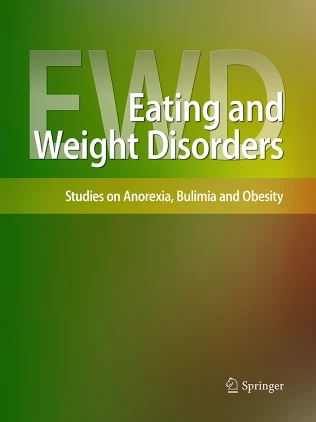Limitations of the protective measure theory in explaining the role of childhood sexual abuse in eating disorders, addictions, and obesity: an updated model with emphasis on biological embedding
By David A. Wiss, Timothy D. Brewerton, A. Janet Tomiyama

The current review proposes a novel conceptual framework linking childhood sexual abuse to adult weight outcomes by considering the potential contributions from substance use disorders, food addiction, and eating disorders. The model specifies the connections and theorized causal directions between these factors. Additionally, the model considers how weight suppression, either from drug use or dietary restriction, can both dampen and exacerbate obesity risk over the lifespan. This review poses several unanswered questions that should be investigated in future studies.
Subscribe for weekly insights and research exploring the link between nutrition & mental health.
Abstract
In addition to its immediate negative consequences, childhood sexual abuse is associated with lifelong deleterious mental and physical health outcomes. This review employs a biopsychosocial perspective to better understand pathways from childhood sexual abuse to eating disorders, food and drug addictions, and obesity across the life course.
Guided by an updated conceptual model, this review delineates how the biological embedding of childhood sexual abuse triggers a cascade of interrelated conditions that often result in failed attempts at weight suppression and eventually obesity. Such biological embedding involves pathways such as inflammation, allostatic load, reward sensitivity, activation of the hypothalamic–pituitary–adrenal axis, epigenetics, and structural and functional changes in the brain. These pathways are in turn theorized to lead to food addiction, substance use disorder, and eating disorders—each with potential pathways toward obesity over time.
Predisposing factors to childhood sexual abuse including gender, culture, and age are discussed. This model calls into question the longstanding “protective measure” theory that purports individuals exposed to sexual abuse will deliberately or subconsciously gain weight in attempt to prevent future victimization. A more comprehensive understanding of the mechanisms by which childhood sexual abuse becomes biologically embedded may help clinicians and survivors normalize and/or address disordered eating and weight-related outcomes, as well as identify intervention strategies.